- Shuangjiangkou Hydropower Station is a key project of the country's western development
- Shuangjiangkou Hydropower Station has a total installed capacity of 2 million kilowatts and a total storage capacity of 2.9 billion cubic meters
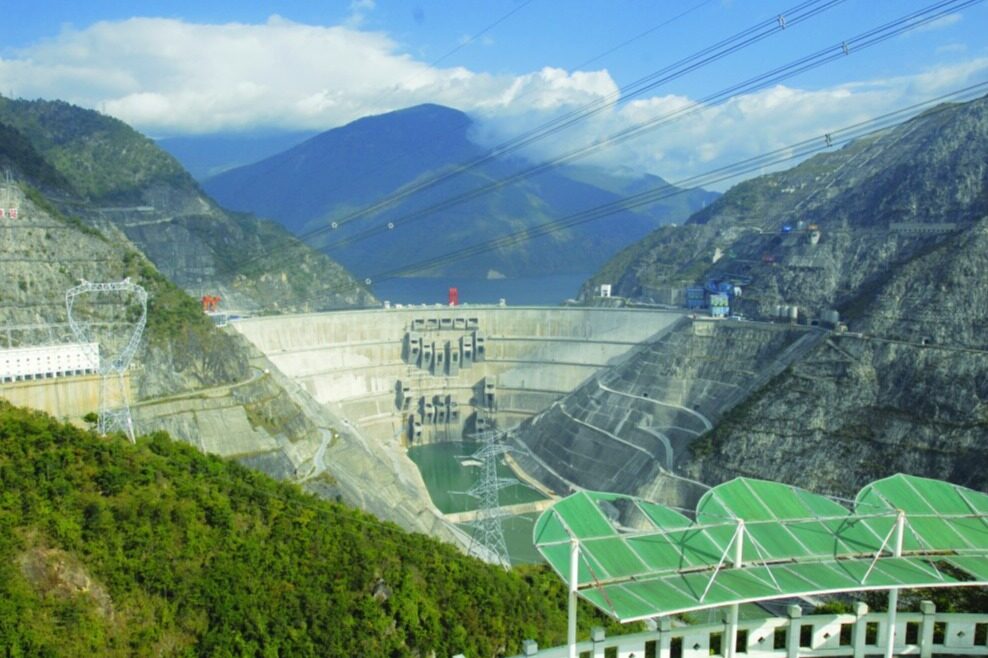
The world-class high dam in Aba Prefecture, Sichuan Province, the Shuangjiangkou Hydropower Station Dam, was filled to a height of 100 meters on May 5, marking that the project has entered the stage of comprehensively tackling key problems and working hard. The Shuangjiangkou Hydropower Station has a total storage capacity of 2.9 billion cubic meters. It is a controlled reservoir in the upper reaches of the Dadu River Basin. It is also a key project of the country's western development and a key project of the "14th Five-Year Plan". The development task is mainly for power generation and flood control.
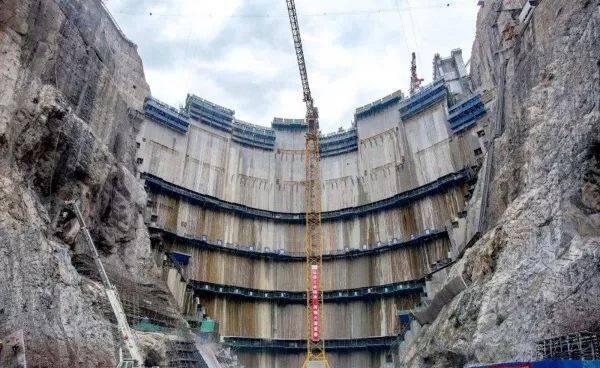
Liu Jingbiao, chief engineer of the Shuangjiangkou project of the Seventh Hydropower Bureau of China Power Construction, introduced that the dam of the Shuangjiangkou Hydropower Station is a world-class high dam, using a gravel soil core wall rockfill dam. The maximum dam height is 315 meters, and the total filling volume is 45 million cubic meters. It has the characteristics of "ultra-high core rockfill dam, super-large filling volume, high ground stress, high water head, high slope and deep foundation pit".
In addition, the overall scale of the flood discharge system project of the hydropower station ranks among the top in the world. The main tunnel of the flood discharge system, the tunnel spillway, is a world-class large-section discharge tunnel with a total length of 1,818 meters and a maximum excavation cross-sectional area of 516 square meters. Faced with such problems as super large cross-section, super high flow rate and super impact. For this reason, after years of technical research, the construction party developed a "mirror surface" concrete with "smooth, wear-resistant and crack-resistant" performance by using impact-resistant and wear-resistant raw materials, and successfully used it in actual operations.
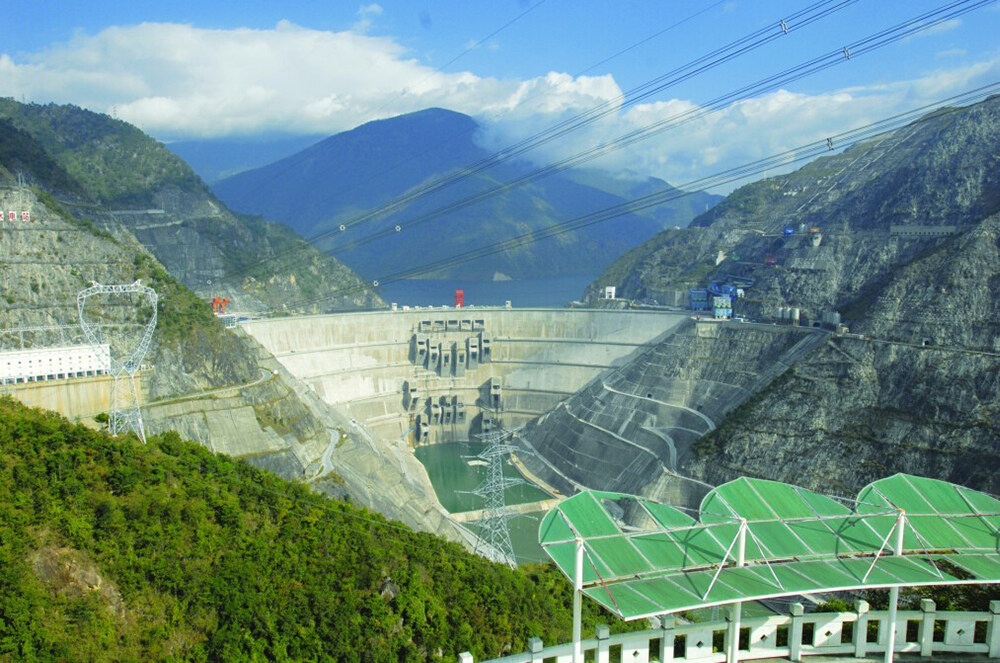
It is reported that the total installed capacity of Shuangjiangkou Hydropower Station is 2 million kilowatts. After completion, it can increase the average dry-season output of downstream cascade power stations by 1.76 million kilowatts and dry-season electricity by 6.6 billion kilowatt-hours. It can reduce carbon dioxide emissions by about 7.18 million tons per year, which will help improve Sichuan's power system. It is of great significance to improve the power structure and improve the flood control standards of cities and towns in the basin. Editor / Xie Li
Comment
 Praise
Praise
 Collect
Collect
 Comment
Comment
 Search
Search


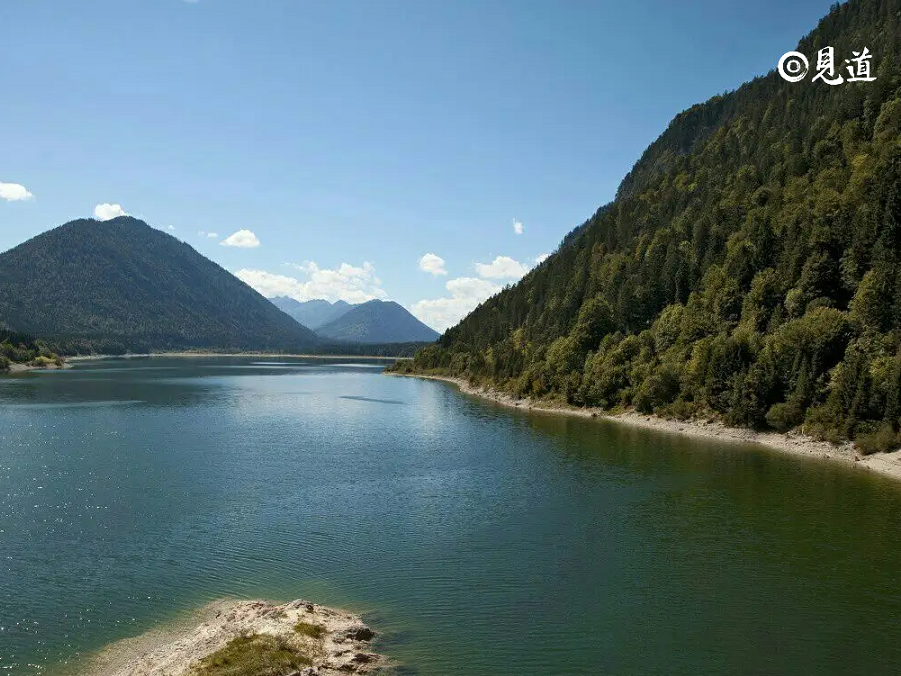
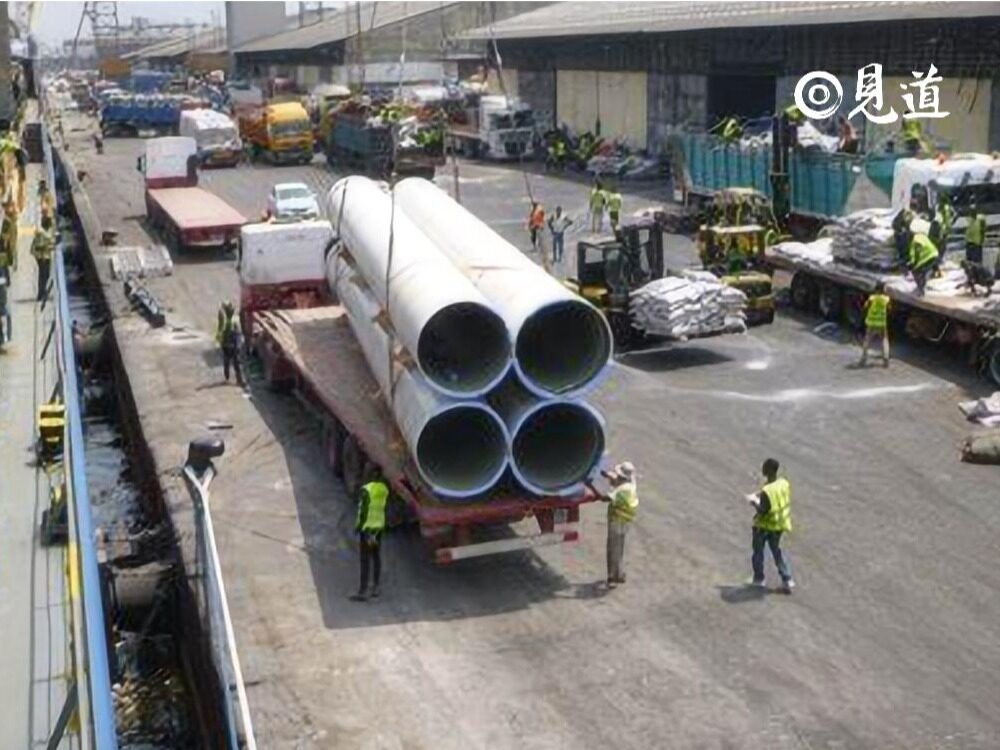
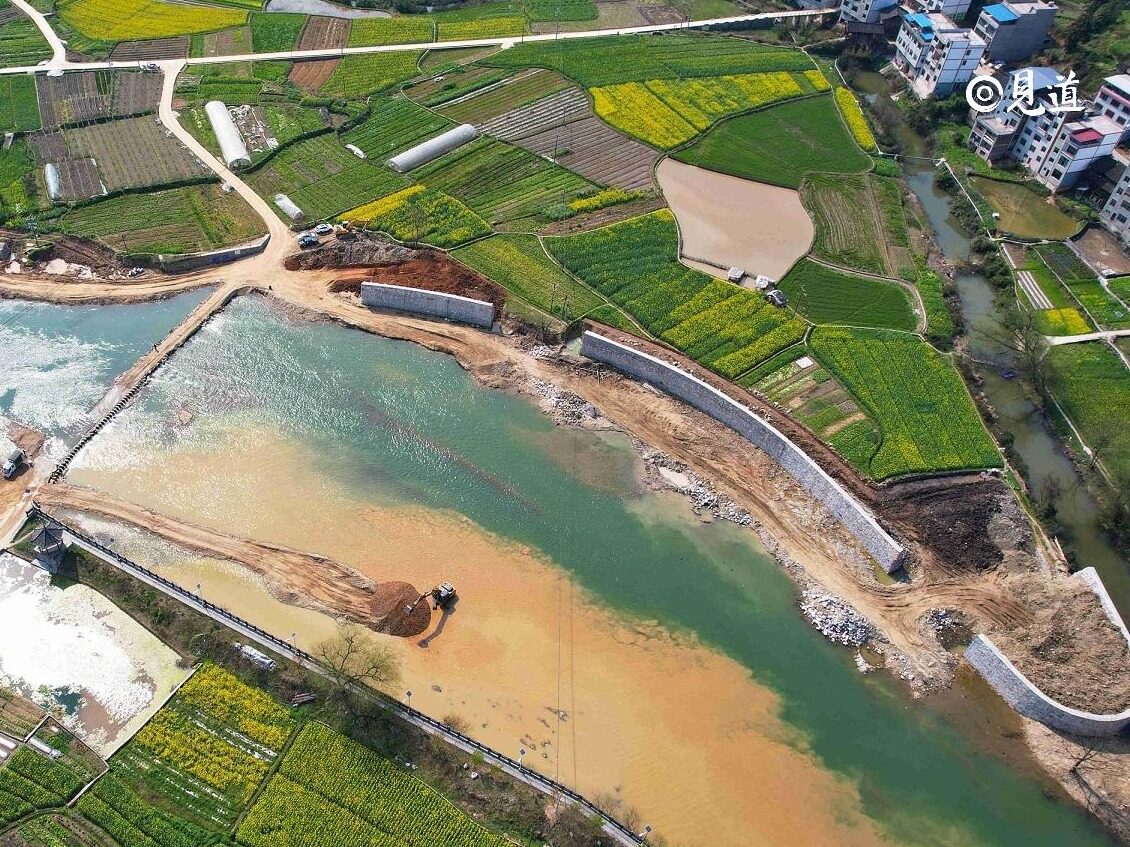
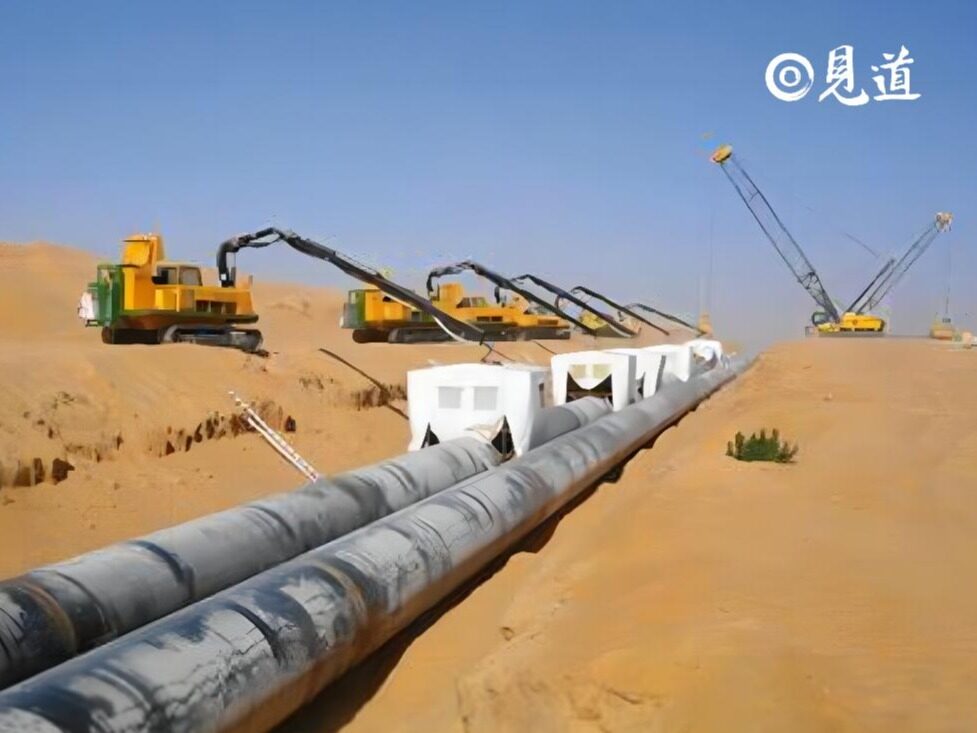
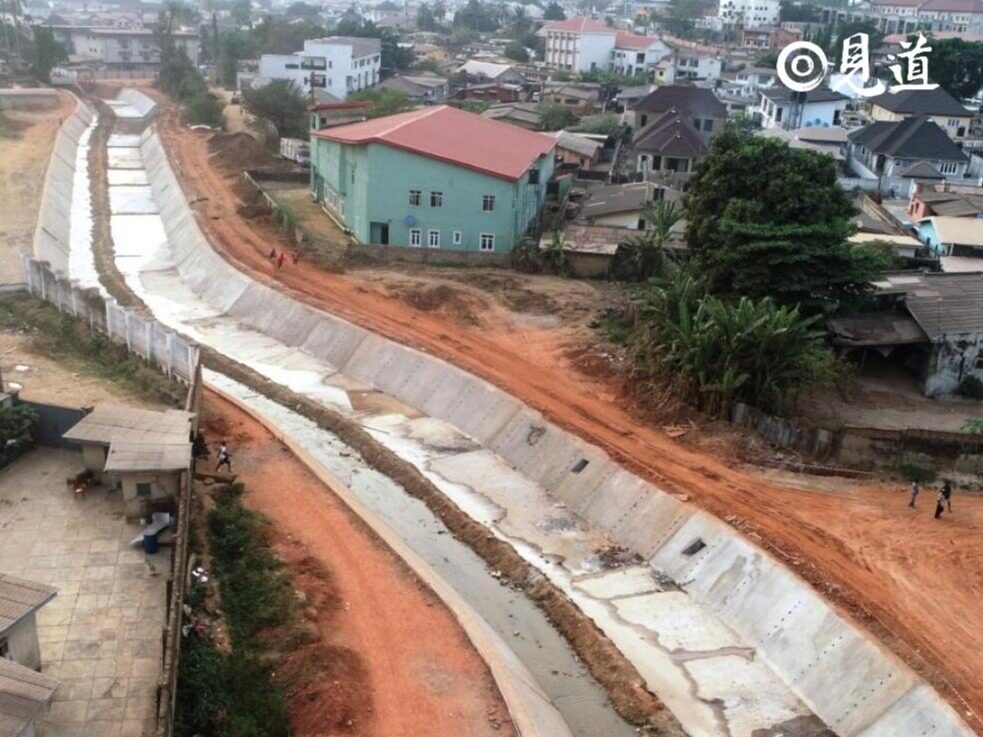
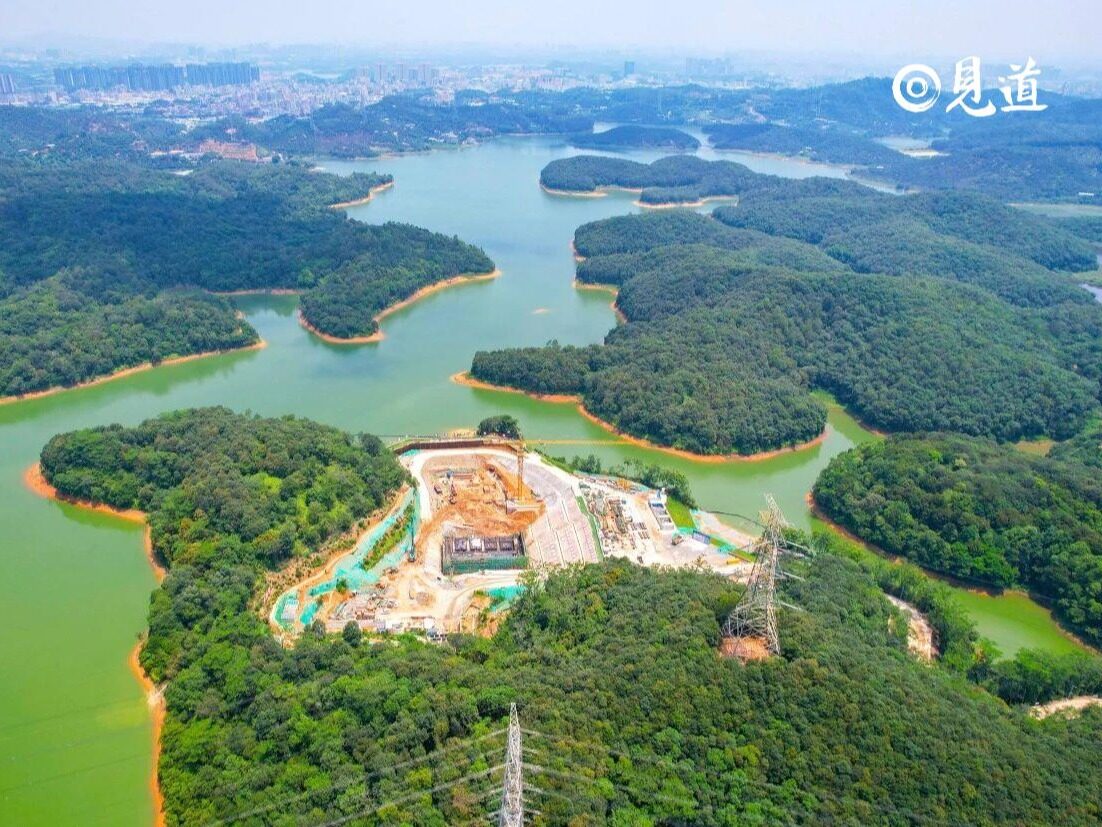






Write something~